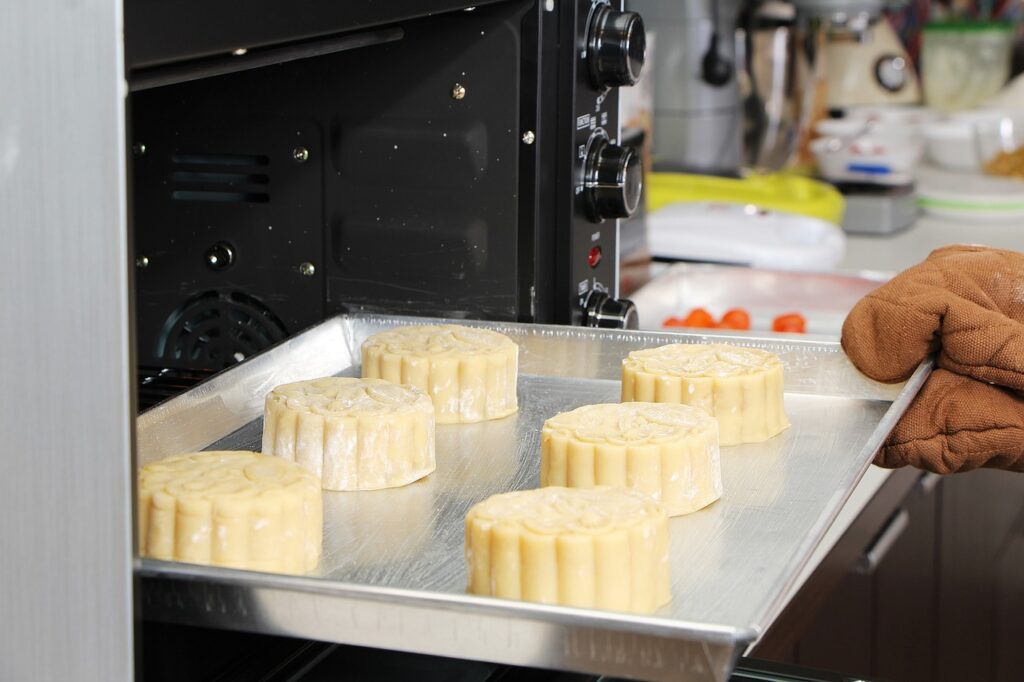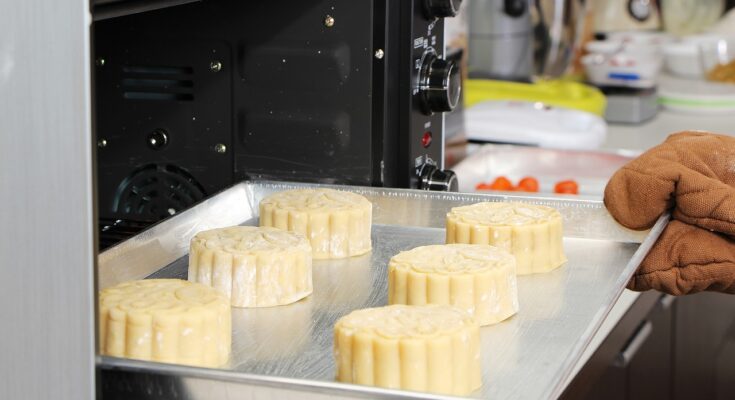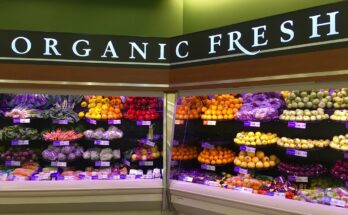Are you looking to make your food processing business more sustainable? Implementing sustainable practices not only benefits the environment but also saves you money in the long run.
In this article, we will guide you on how to implement sustainable practices in food processing. By reducing food waste through proper inventory management and composting, you can minimize your environmental impact.
Switching to energy-efficient technologies, such as LED lighting and high-efficiency motors, will help lower your energy consumption. Utilizing renewable energy sources, such as solar panels or wind turbines, will further reduce your carbon footprint.
Additionally, minimizing water usage through efficient irrigation systems and water recycling will conserve this valuable resource. Lastly, promoting sustainable packaging solutions, like using biodegradable materials and encouraging recycling, will help reduce waste.
By following these steps, you can create a more sustainable food processing business that benefits both the environment and your bottom line.
Reducing Food Waste
One way to make food processing more sustainable is by reducing food waste. This can be achieved through implementing smart inventory management practices. By closely monitoring inventory levels and expiration dates, you can ensure that food is used before it goes bad.
Implementing a first-in, first-out system can help prevent products from sitting on shelves for too long, reducing the chances of spoilage. Additionally, conducting regular audits can help identify areas where food waste can be minimized.
Donating excess or unsold food to local charities or food banks is another great way to reduce waste while also giving back to the community. By taking these steps, you can significantly reduce food waste in your food processing operations and contribute to a more sustainable future.
Implementing Energy-Efficient Technologies
To make your food processing more energy-efficient, you can start by incorporating new technologies. One way to do this is by investing in energy-efficient equipment, such as high-efficiency ovens and refrigeration systems. These technologies are designed to minimize energy consumption and maximize performance.
Another option is to implement automation systems that can optimize energy usage by monitoring and controlling various processes. Additionally, consider installing LED lighting throughout your facility as they use significantly less energy than traditional lighting options.
It’s also important to regularly maintain and upgrade your equipment to ensure it operates at peak efficiency. By implementing these energy-efficient technologies, you can not only reduce your environmental impact but also save on energy costs in the long run.
Utilizing Renewable Energy Sources
By harnessing the power of renewable energy sources, you can create a greener and more sustainable future for our planet.
One way to utilize renewable energy in food processing is through solar power. Installing solar panels on the rooftops of processing facilities can generate clean and renewable electricity to power various operations. This not only reduces the reliance on fossil fuels but also helps in cutting down carbon emissions.
Another renewable energy source that can be employed is wind power. By installing wind turbines near processing plants, you can generate electricity from the wind’s kinetic energy. This can be used to power machinery and equipment, further reducing the environmental impact.
Embracing and integrating renewable energy sources into food processing operations is a crucial step towards achieving sustainability and mitigating climate change.
Minimizing Water Usage
Reducing water usage in the food industry is essential for conserving resources and preserving our planet’s precious freshwater supplies. By implementing sustainable practices, you can minimize water wastage and make a positive impact on the environment.
Start by conducting regular water audits to identify areas where water can be saved. Install water-efficient equipment, such as low-flow faucets and toilets, and use automated systems to monitor and control water usage.
Additionally, consider implementing recycling and reusing strategies to further reduce water consumption. For example, you can reuse wastewater for non-potable purposes like cleaning or irrigation. Encourage employees to adopt water-saving habits, such as fixing leaks promptly and practicing responsible water usage.
Together, we can make a significant difference in conserving water and creating a sustainable future for food processing.
Promoting Sustainable Packaging Solutions
Make a lasting impact on the environment by choosing packaging solutions that are environmentally friendly and help reduce waste. When it comes to promoting sustainable packaging in food processing, there are several options to consider.
One approach is to use recyclable packaging materials, such as cardboard or paper, instead of non-recyclable plastics. These materials can be easily recycled and reused, reducing the amount of waste that ends up in landfills.

Another option is to use biodegradable packaging, which breaks down naturally over time, minimizing its impact on the environment.
Additionally, using packaging materials made from renewable resources, such as plant-based plastics or compostable materials, is another sustainable choice.
By adopting these packaging solutions, you can contribute to the overall sustainability of the food processing industry and help protect the environment.
Conclusion
In conclusion, by following these sustainable practices in food processing, you can make a significant impact on the environment.
Reducing food waste, implementing energy-efficient technologies, utilizing renewable energy sources, minimizing water usage, and promoting sustainable packaging solutions are all practical steps that can be taken to create a more sustainable future for the food industry.
By making these changes, you can help reduce your carbon footprint and contribute to a healthier planet for future generations.
So, go ahead and take action now!




